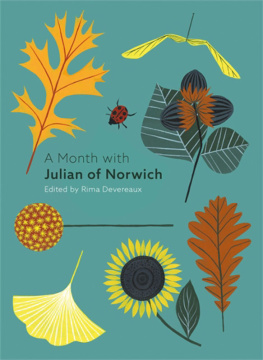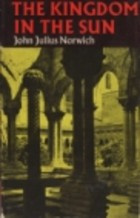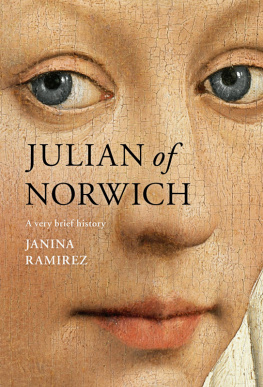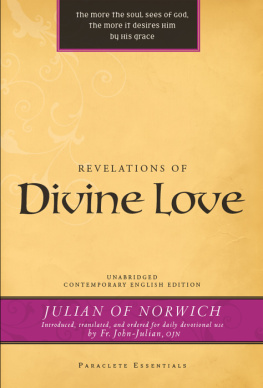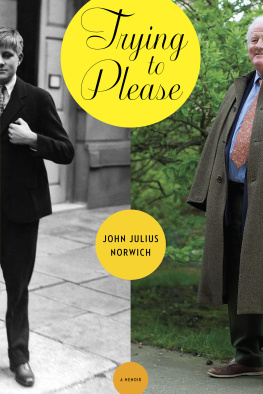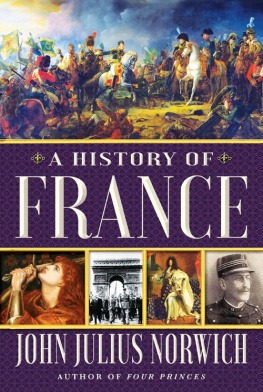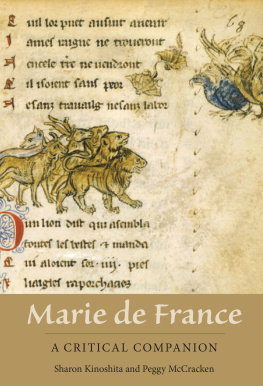Thank you for downloading this Simon & Schuster ebook.
Get a FREE ebook when you join our mailing list. Plus, get updates on new releases, deals, recommended reads, and more from Simon & Schuster. Click below to sign up and see terms and conditions.
CLICK HERE TO SIGN UP
Already a subscriber? Provide your email again so we can register this ebook and send you more of what you like to read. You will continue to receive exclusive offers in your inbox.
To Roderic, whom I nearly killed on a ski slope, but who married me anyway, and my father, James Crouse, who is gone but never far from my thoughts.
PROLOGUE
The road to the 2018 Winter Olympics in Pyeongchang, South Korea, runs through a pocket square of a town tucked between two interstates in the northeastern United States. Near the 89 and 91 interchange lies the town of Norwich, a hilly and wooded family-oriented farming community in rural Vermont. With a main street lined with white clapboard colonial buildings and a landmark steepled church, Norwich could be a set designers rendition of a small New England village. It is a cartographers challenge, barely registering on the map with its roughly 1,440 single-family households, including mobile homes, and a musty gymnasium contained within a brick meetinghouse. What it has in abundance is room to roam; Norwich is about a four-hour drive from New York City and two hours from Boston, but its not all that popular as a second-home destinationthe people who live there really live there.
Yet despite its apparent ordinariness, Norwich is home to a probabilities puzzle for the statistics students at Dartmouth College, less than two miles away as the hermit thrush flies.
This town of roughly three thousand residents has accounted for three Olympic medals, and, since 1984, has put an athlete on every US Winter Olympics team except one. Like a groundhog poking its head out of its burrow each February, every four years the Norwich athletes leave the cozy, caring cocoon of their small town for the glare of the worlds grandest sporting stage.
The town doesnt lie fallow once the snow has melted; it has also sent two athletes to the Summer Olympics. In all, Norwich has produced eleven Olympiansan even dozen if you count the snowboarder Kevin Pearce, and the townspeople would never dream of overlooking Pearce, who sustained a career-ending head injury a little more than a month before the 2010 Winter Olympics, where he was expected to contend for a gold medal. To put Norwichs bountiful harvest in perspective, consider that Spain, with its population of 46 million, has won two Olympic medals in winter sports since 1936. New Zealand, home to 4.7 million people, majestic mountains that served as a backdrop for the Lord of the Rings film trilogy, and a wide range of adventure sports, has earned one Winter Olympics medal. In 2010, the freestyle skier Hannah Kearney became the first Norwich athlete to strike Olympic gold when she won the womens moguls in Vancouver. With her milestone achievement, she supplanted Bob Keeshan, the actor who played Captain Kangaroo on the eponymous childrens television show, as the towns most celebrated resident. Supposedly, one out of every 322 residents is an Olympian, Hannah said during those Winter Games. She added, I dont know if its the well water or what.
The well water in Norwich is perfectly delicious, but the towns outsize success in Olympic sports has more to do with the way it collectively rears its children, helping them succeed without causing burnout or compromising their future happiness. Its how harried parents across America would like to bring up their children if not for the tiger moms and eagle dads in their midst. The town has much to teach us about ensuring that our children grow up to live meaningful lives in both victory and defeat.
But before exploring the phenomenon of Norwich, let me make one thing clear: The town is not representative of the country as a whole. It is overwhelmingly white and mostly middle class, with a median household income of eighty-nine thousand dollars, well above the national average of fifty-six thousand.
With its population of professors and doctors, Norwich has the demographicthe wealth and the driven personalitiesto be at the vanguard of the helicopter-parenting movement. And yet the town has largely opted out of the athletic and academic arms races being waged elsewhere.
Situated across the Connecticut River from Dartmouth College, Norwich used to be dismissed as a cow town by the people in Hanover, New Hampshire, where the university is located. The father of Norwichs first summer Olympian, kayaker Brett Heyl, who also grew up in the town, recalled many of his classmates, the children of farmers, showing up at school with manure on the soles of their shoes from mucking horse stalls. Such a scenario is unlikely now, but despite its growing affluence, Norwich has retained its bedrock agrarian values and rustic charm.
The children of Norwich still have the physical space and parental distance to explore, and discover, their place in the world. Its adults, generally speaking, have traded the acquisitive treadmill for daily nature walks and other grounding experiences. The residents look out for one another, and their connectivity provides a social safety net that no amount of money can buy. Numerous studies have shown that wealth and isolation are two sides of the same gold coin; the more money people have, the more cut off they feel from the friendships and support that can help them navigate difficult times. Niobe Way, a professor of applied psychology at New York University, told me that the social tapestry of Norwich represents a triumph of nurture over the natural order of the modern world, which has given us a wealth-and-acquisition model that favors autonomy over relationships and independence over community.
Norwich succeeds as a guide for overwhelmed parentsno matter where they put down their rootson how to rear kids to be happy champions, resilient competitors, and contented, productive adults. Of course, not everybody conforms to the Norwich model; the town has its share of hovering parents. But almost by accident, the town has created a culture that seems to serve as the perfect incubator for developing the ideal Olympic athlete.
Its residents seem to have absorbed a saying passed down through the generations by farmers in the area: Never going to make biscuits out of them kittens. The parents of Norwich are not inclined to try to mold their offspring into something they are not. Theyre taking their cues from their children, rather than conducting and scheduling their childrens lives. As a result, the town has succeeded in preparing its athletes not just for professional achievement but for fulfillment in their post-sports lives. The Norwich athletes that I came to know seemed to have sidestepped the substance use, anxiety, and depression that often plague Olympians in retirement. Dr. Steven Ungerleider, a sports psychologist who has served in several capacities with the United States Olympic Committee, conducted a study, published in 1997, in which he interviewed fifty-seven retired United States Olympians in twelve sports. Forty percent of the group reported having serious post-Olympics problems. Many reported that this was the only life they knew and it was inconceivable to do anything else, Ungerleider wrote. With one notable exception, the Norwich Olympians have managed this difficult transition better than most.
Jim Kenyon, a columnist for the local Valley News, described Norwich to me as Disney World with maple trees. He would know. He brought up his family in town, and though he is no longer bound to the place by his children, now grown, Kenyon continues to live in Norwich, where his neighbors run the spectrum from mansion owners to yurt dwellers. That he pokes fun at the place but is in no hurry to leave is telling, as is the fact that the towns unofficial den mother is neither a coach nor one of its celebrated athletes. Her name is Beth Reynolds, the childrens librarian at Norwich Public Library who tailors reading recommendations to each youngsters personality and whims. Even more than the athletes who compete all over the globe, it is Reynolds who opens new worlds to the children of Norwich.
Next page


